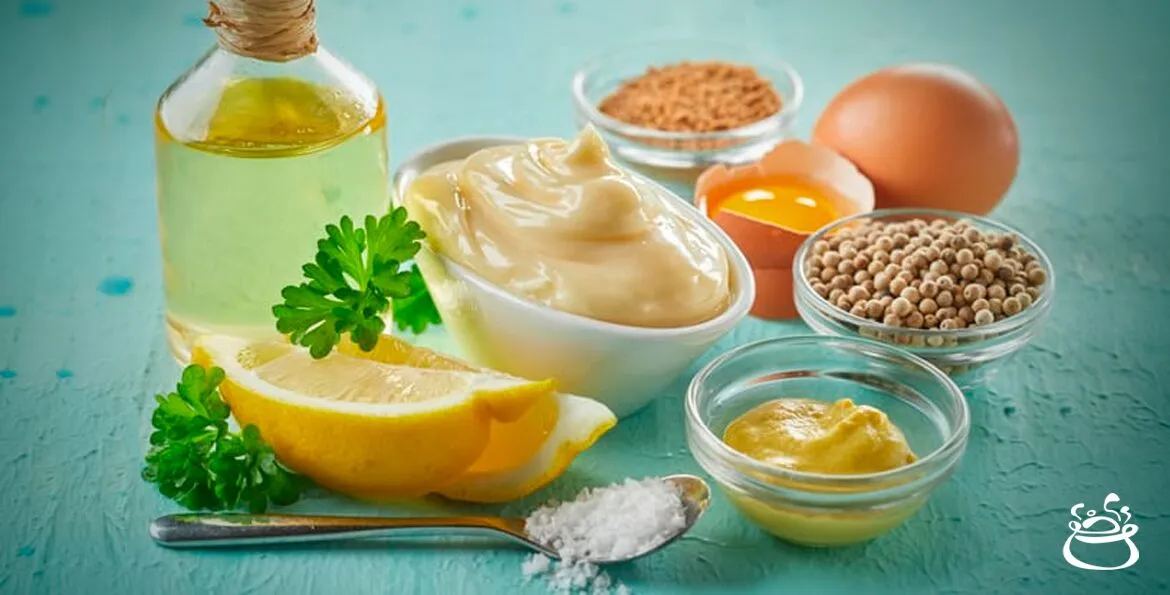Chemistry Behind Emulsifying Ingredients and their Applications
Emulsifying ingredients play a crucial role in the world of food and beverages. From creamy dressings to frothy cappuccinos, these substances help to stabilize mixtures of two or more immiscible substances, preventing them from separating over time. However, have you ever wondered about the science behind emulsifiers? How do they work, and what makes them effective in keeping ingredients together?
In this blog, we will closely examine the chemistry behind emulsifying ingredients and their applications. We will explore the different types of emulsifiers, their origins and functions, and how they use them in various food and beverage products. Additionally, we will examine the potential health risks associated with certain emulsifying ingredients and the controversy surrounding their use. So, if you’re curious about what makes your favorite food and drinks so smooth and creamy, join us as we dive into the world of emulsifying ingredients.
About Emulsifiers
Have you ever wondered what keeps your creamy salad dressing from separating into a watery mess? Or why your favorite bottled coffee drink always has a consistent texture? The answer lies in the chemistry of emulsifiers.
Emulsifiers are molecules with hydrophilic (water-loving) and lipophilic (oil-loving) components. This unique combination allows them to interact with oil and water, stabilizing the mixture and preventing separation. Commonly used emulsifiers in the food industry include lecithin, mono- and diglycerides, and carrageenan.
Role of emulsifiers
In the food and beverage industry, emulsifiers are vital in creating consistent products with a desirable texture and appearance. Oil and water mixtures would separate without emulsifiers, leading to an unappealing appearance and inconsistent texture.
- Lecithin, one of the most commonly used emulsifiers, is found in egg yolks, soybeans, and other plant and animal sources.
- Mono- and diglycerides are often derived from vegetable oils and are commonly used in bakery products to improve the texture and volume of the finished product.
- Carrageenan, derived from seaweed, is a popular emulsifier used in dairy products like ice cream and plant-based milk to improve texture and prevent separation.
While emulsifiers are generally considered safe for consumption, there has been some controversy surrounding their use. Some studies suggest that certain emulsifiers may disrupt the gut microbiome and lead to inflammation, but more research is needed to understand their potential health risks fully.
Also Read: The Art of Emulsifying: A Comprehensive Guide for the Home Cook
Common oil-in-water emulsions in food
If we talk about some common oil-in-water emulsions in our food, these mixtures involve oil and water, but they don’t separate thanks to the magic of emulsifying ingredients.
- First, we have crema, the foam that gives espresso its creamy texture. It’s an oil-in-water emulsion that adds to the richness of your morning cup of joe.
- Next, we have mayonnaise and Hollandaise sauces. These delicious condiments are also oil-in-water emulsions, and they use egg yolk as the emulsifying ingredient to keep the mixture together.
- Homogenized milk is another oil-in-water emulsion that we consume regularly. This type of milk undergoes a mechanical process to break up fat globules and distribute them evenly, giving us a consistent texture throughout.
- When it comes to dressings, vinaigrettes are a popular oil-in-water emulsion. They use mustard or egg yolk as the emulsifying ingredient to keep the oil and vinegar mixture.
- Butter is also an oil-in-water emulsion, which uses churning to separate fat and water. This results in the deliciously rich and creamy spread we all know and love.
- Lastly, we have margarine, a popular butter substitute. It’s also an oil-in-water emulsion that combines water, vegetable oils, and milk proteins with emulsifying ingredients. This combination gives us a spreadable product perfect for toast, baking, and cooking.
Next time you enjoy one of these tasty treats, remember that emulsifying ingredients are working hard behind the scenes to keep everything together.
Also Read: Unlock Deliciousness: Using Oil and Vinegar for Optimal Emulsion
Origin & Functions of Emulsifiers
Let’s take a quick look at the origin and functions of emulsifiers in our food. These handy molecules have been used for thousands of years, with examples like egg yolk in mayonnaise and mustard as an emulsifying ingredient in vinaigrette.
But what do emulsifiers actually do? Well, they’re used in food and beverages to improve texture, prevent separation, extend shelf life, and enhance flavors. That’s a lot of benefits packed into one little ingredient.
So, how do they work? Emulsifiers reduce the interfacial tension between oil and water, allowing them to mix smoothly. This means we get a consistent texture throughout our food, and we don’t have to worry about things separating or going rancid too quickly.
In short, emulsifiers are a vital ingredient in our food that helps to keep everything together and taste great.
Usage of natural emulsifiers
Natural emulsifiers are derived from plant and animal sources and are essential in stabilizing emulsions.
There are a few examples of natural emulsifiers that you may already be familiar with.
- Lecithin, for instance, comes from soybeans and egg yolks and is often used in chocolate and baked goods.
- Pectin, derived from fruits, is used to thicken jams and jellies.
- And gum arabic, obtained from acacia trees, is used in soft drinks and confectionery products.
One advantage of using natural emulsifiers is that they’re more environmentally friendly than synthetic options. They’re often biodegradable and don’t contain harmful chemicals.
Some natural emulsifiers like lecithin have potential health benefits, such as promoting heart health and supporting brain function.
So, the next time you enjoy a food or beverage with a smooth texture and consistent appearance, thank the natural emulsifiers that make it all possible.
Also Read: The Secret to Creating Perfect Emulsions Every Time
How to know that emulsifiers are safe?
Regarding the safety of emulsifiers in our food, it’s essential to know that regulatory agencies like the FDA and EFSA are responsible for ensuring the safety of emulsifying ingredients.
So, how do they ensure that emulsifiers are safe?
Safety standards for emulsifiers are set, including maximum daily intake levels and toxicity tests. These standards help determine what emulsifier levels are safe for human consumption.
Despite the safety standards and regulations, some studies have suggested that emulsifiers may have potential health risks.
For instance, they could disrupt our gut microbiota, the community of microorganisms living in our digestive tract.
Additionally, they may increase inflammation in the body, which is linked to various health issues.
In conclusion, while regulatory agencies work to ensure the safety of emulsifiers in our food, it’s essential to stay informed and aware of potential health risks associated with their consumption.
Usage of Emulsifiers
Emulsifiers aren’t just used in our food and drinks. They’re also widely used in other industries, such as cosmetics, pharmaceuticals, and oil and gas.
Different types of Emulsifiers have various applications in these industries. For example, nonionic Emulsifiers are commonly used in skin creams, while anionic Emulsifiers are often found in cleaning products.
Regarding the food and beverage industry, the future of Emulsifiers will involve more natural and sustainable sources.
As we have become more health and environmentally conscious, there is an increasing demand for food and beverage products made with natural ingredients.
This means that Emulsifying Ingredients derived from plants and animals may become more prevalent in the food industry.
Overall, Emulsifiers have a range of uses across various industries, and we can expect to see more natural and sustainable sources of Emulsifying Ingredients in our food and beverages in the future.
Conclusion
In conclusion, emulsifying ingredients play a crucial role in the food and beverage industry by stabilizing mixtures of immiscible substances. This is achieved through emulsifiers, which have been used for centuries to enhance food and beverage products’ functional and sensory properties. Emulsifiers are vital to creating stable, smooth, visually appealing emulsions while improving texture, flavor, and shelf life. Without these ingredients, many of the products we enjoy today would not be possible. Emulsifying ingredients are essential in the food and beverage industry and the pharmaceutical and cosmetic industries, where they are used for similar purposes. As our understanding of emulsifiers and their properties advances, we expect to see even more innovative and exciting food and beverage products.












 Home
Home
 Chefs
Chefs
 Chats
Chats
 My Order
My Order

